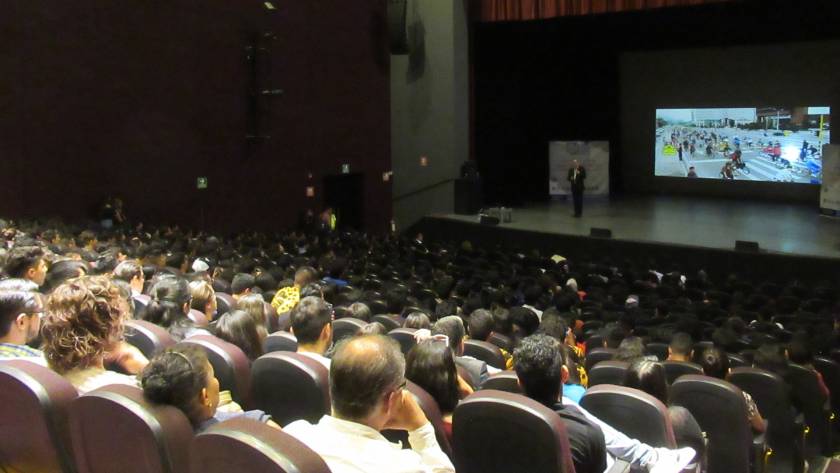Key Takeaways
⇢ Cycling infrastructure is rarely neutral - the design and politics behind bike lanes
reflect embedded power dynamics and societal values.
⇢ Phrases such as “Traffic flow”, “networks”, and “production streets” reflect a
worldview where streets serve cars, not people. This narrows our collective
imagination of what streets could be—social, playful, democratic, and
multifunctional.
⇢ Treating cities as systems to…

